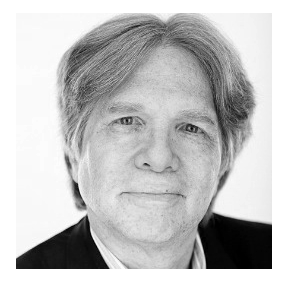The Democratization of High Returns
Today, more than one third of the United States population falls into a financial demographic known as the “mass affluent”. Unlike the headline-grabbing ultra-rich, the mass affluent are people with assets between $100,000 and $1 million, or annual incomes over $75,000. Historically, the 33 million American households in this category have invested for their future in one of three ways: by putting most of their money into personal hard assets such as a primary or secondary residence; by investing their liquid assets into professionally managed mutual funds or their employer’s 401K program; or, for the more adventurous and/or sophisticated, by investing directly into specific stocks and bonds purchased through (and often recommended by) a large brokerage firm.
In contrast, those higher on the economic scale, such as High Net Worth (HNW), Ultra High Net Worth (UHNW) and institutional investors (including university endowments, pension funds, insurance companies and the like) have traditionally seen their highest returns coming from another class of investment: so-called Alternative Assets. This catch-all term covers virtually everything that is not a stock or bond, and includes things like hedge funds, private equity, venture capital, real estate, natural resources, and even collectables like art and wine.
The purveyors of these assets have typically not targeted the mass affluent for a number of reasons. These include SEC restrictions that limit access to many alternatives to only Accredited Investors (people with over $1 million in assets or $200,00 in income), and economics that make it more productive to aim at getting one institution to invest $10 million, than it is to getting 1,000 people to invest $10,000 each. But the world is changing rapidly, and over the past decade access to these higher risk, higher return investments has become available to an ever wider swath of the investing public.
Recently, Bloomberg Television began airing an entire daily show dedicated to the topic: Money Moves with Deirdre Bolton. The Alternative Investment Editor at Bloomberg Television is Bob Rice, who is also Managing Partner of Tangent Capital, and, I’m proud to say, serves on the Board of Gust. Every day on the show, Bob delivers a fascinating, pithy and often funny definition of a financial industry term, in a segment called Bob’s Buzzwords. Now, Bob has taken things to the next level with a great new work on the subject, called The Alternative Answer: The Nontraditional Investments That Drive The World’s Best-Performing Portfolios.
When the book is released on May 14 it will, for the first time, provide a clear, well-written, introduction to the new world of alternative investing strategies, showing how to use all sorts of new products for inflation-protected income, risk-adjusted growth, and long-term wealth transfer. Those of us in the professional angel investing world may already know all about startup investing (covered in Chapter 10), but how about timber, MLPs, hedged strategies, managed futures, infrastructure, cat bonds, peer-to-peer lending…even farmland?!
Bob is a wonderful writer with a quick wit and a highly accessible style (as those will know who have read his previous book, Three Moves Ahead: What Chess Can Teach you about Business (Even If You’ve Never Played), and The Alternative Answer is a must-read for anyone wanting to increase their alpha (don’t know what that means? Hear the answer on Bob’s Buzzwords!)


Gust Launch can set your startup right so its investment ready.
This article is intended for informational purposes only, and doesn't constitute tax, accounting, or legal advice. Everyone's situation is different! For advice in light of your unique circumstances, consult a tax advisor, accountant, or lawyer.

